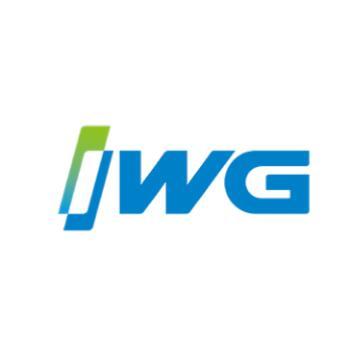With the progress of society, the printing industry has stepped up the process of improving product quality, shortening the production cycle, and increasing economic efficiency. It has increased technological innovation, eradicated the sources of pollution in the production process, and promoted sustainable and healthy economic development. A development goal of the printing industry. The aim of this goal is to achieve a post-print finishing coating using a hot-melt adhesive precoating film dry compounding process.
Lamination and binding are both in the post-printing category and are the post-printing processes that link up before and after the printing project. Since they are in different processing time stages, they use different mechanical equipment and tools with different technological processes to form new processes for their respective process reforms. Technology core. In the convergence of the two production processes, it is inevitable that there will be unfavorable circumstances.
At present, some manufacturers use the hot melt adhesive pre-film dry composite production process of the cover film cover, in the wireless glue binding line package book, the back of the book at the adhesive film appears empty. This is a manifestation of the lack of adaptability of film and glue on hot melt adhesives. The same hot melt adhesive, why can't it be compatible?
Hot melt adhesive film and glue can be achieved? How to adapt? What methods are used to ensure this adaptation? This is an important issue for the in-depth development of the post-printing process reforms. It remains to be discussed and resolved by us to ensure the smooth progress of the post-press process reform and ensure the overall development of the printing industry.
First, the process reform is mainly the change of material to hot melt glue
Lamination is an important technique for finishing surface finishing after printing. Between the two processes of printing and binding gaps. It is necessary to adapt to the new anti-sticking measures such as powder spraying of multi-color high-speed printing presses; the erosion of chemical effects such as the color of the inner text ink thinner; also have to adapt to the post-laminating package, stacking bags, box making, etc. The impact of the combined effect. The rapid development of prepress and printing technology innovations, as well as the nationwide promotion and application of postpress glueless new processes, puts forward new requirements for the quality and production cycle of film products. The gap between printing and binding is now becoming narrower and deeper (see Figure 1).

Fig. 1 Schematic of the new standard of laminated film when printing technology advances
In Fig. 1, A to A are the initial requirements for the quality of the coating, and A to A presently have new requirements for the quality of the coating, and the standard has been significantly improved. B ~ B is the production and processing cycle of the film when the initial printing, binding process is backward, and the production efficiency is low. With the reform of printing and binding processes and advances in technology, the time and space for coating is gradually reduced to A to A, up to the present B to B. Quality standards have improved and time is extremely short.
In order to adapt to the fast and sticky new situation, the reformation of hot-melt adhesive precoating film dry composite technology has been realized through material changes. The novel polymer materials do not rely on the melt-blend polymerization of any solvent and become a novel hot melt adhesive for bookbinding (and paper/plastic composites), replacing the solvent-based and emulsion-type adhesives used for many years (water based theoretical solution adhesives. The quality of the glueed wet compounding process is not determinable, and the bonding has a post-fixing period. At the same time, due to the lack of anti-solvent, the compounding effect deteriorates later, and the new filming process is fast, sticky, and long-term reliable.
The application of the glue-binding process is also achieved through material changes. Suitable for glue binding equipment Mechanical operation The hot melt adhesive that binds the front cover and the book block inner paper to each other is to blend the polymer in a liquid state and perform brushing on the back of the book and the sides of the spine to complete the manual manual operation in the past. This new process effectively solves the problems that often occur in the manual stenciling process, such as the use of starch paste, shrinkage caused by shrinkage after drying, twisting of the backs of the book, rat biting and worming, and mold shedding.








